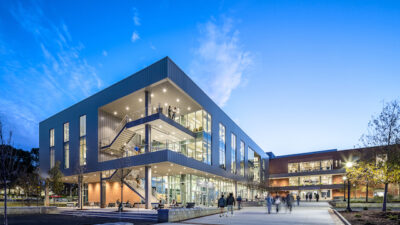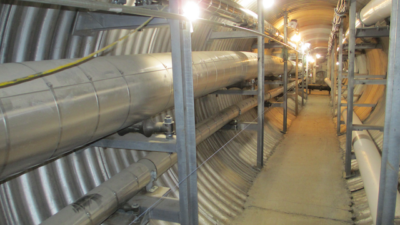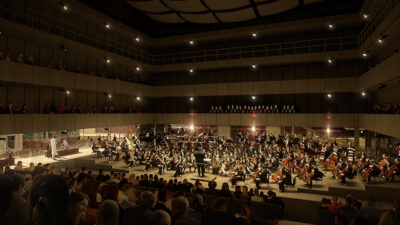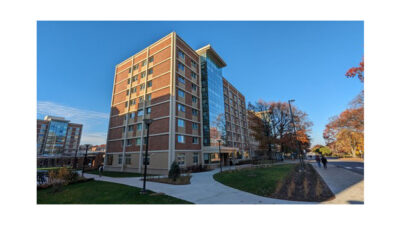An elementary school’s new BAS combined HVAC and lighting controls provide wireless capabilities and lower costs.
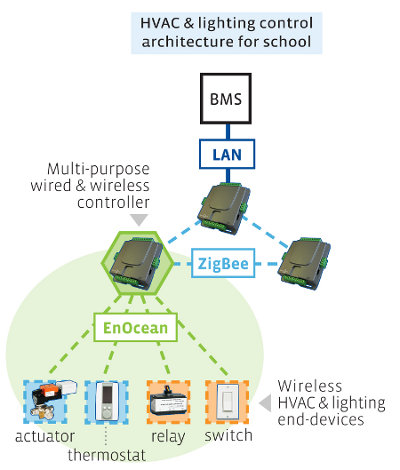
I recently visited an elementary school with a brand new BAS. Before the installation, the building had absolutely no HVAC or lighting controls. The entire school was heated at the same time in winter, regardless of classroom occupation. Each room was either completely lit or not at all, with no in-between. Remotely shutting off the lights at the end of the day or preheating some rooms in the morning if the night had been cold was not manageable. In short, the school needed fully programmable lighting and HVAC control with the best payback period possible.
For this project, the school opted for the solution offering the best control-to-price ratio: a system that merged HVAC and lighting management using single controllers with wireless capabilities.
For the two main floors of the school, 31 actuators, 29 thermostats, 59 light switches, and 57 light relays are controlled by only 9 controllers (CAN2GO wired and wireless controllers). All of the end-devices communicate with the controllers wirelessly; I/O wiring was not needed. The installation was not impeded or made more expensive because of controller I/O counts or separate HVAC and lighting control hardware. Each controller manages a variety of HVAC and lighting end-devices without the help of any gateway. The controllers convert each point into BACnet objects for seamless integration into a number of building management systems (BMS).
In addition to the hardware and scalability savings, the electrical labor cost of the installation was reduced by 61% as none of the walls or ceilings were opened to connect end-devices to controllers. In this project, the networking between controllers was also done wirelessly, increasing the savings on labor and repair work. The only wiring in this project was to connect one controller to the local area network (LAN) and connect the nine controllers to their respective power source. The rest—networking and control—was all wireless.
By avoiding wiring when possible, contractors and end users were protected from stumbling upon hazards hiding inside the walls. Less renovation work also meant less downtime—a key pain point in many building automation installations and retrofits.
I have asked many contractors how they would have proceeded without such technology. For HVAC control, most of them would have used 31 controllers because there are 31 actuators. For lighting control, many didn’t know how they would have proceeded without blowing up the costs—incurring a double-digit payback period, mostly due to added electrical labor and controller costs.
With the HVAC and lighting controls merged into one unit, the only labor required to add lighting control was to insert wireless relays into the ballasts and to place wireless switches in the classroom. The controllers did the rest.
The BMS is managed by the school board’s technical staff and a hired consultant. They are in charge of programming the controllers according to school schedules. Each controller is equipped with a real-time clock and has local storage, making the controllers both autonomous and available from a centralized interface.
Changes to the programming are made remotely. The updates are sent to the controllers via a secure access to the LAN and are then pushed, from unit to unit, via the wireless ZigBee mesh network. There is no need to visit the school to make changes to the system.
Hamer is the vice president of Product Strategy at SCL Elements Inc. He is the co-founder of the engineering consulting firm Eco2Max and has worked for Nortel and Verint. His expertise covers energy efficiency, greenhouse gas reduction, wireless technologies, and network reliability and security.
